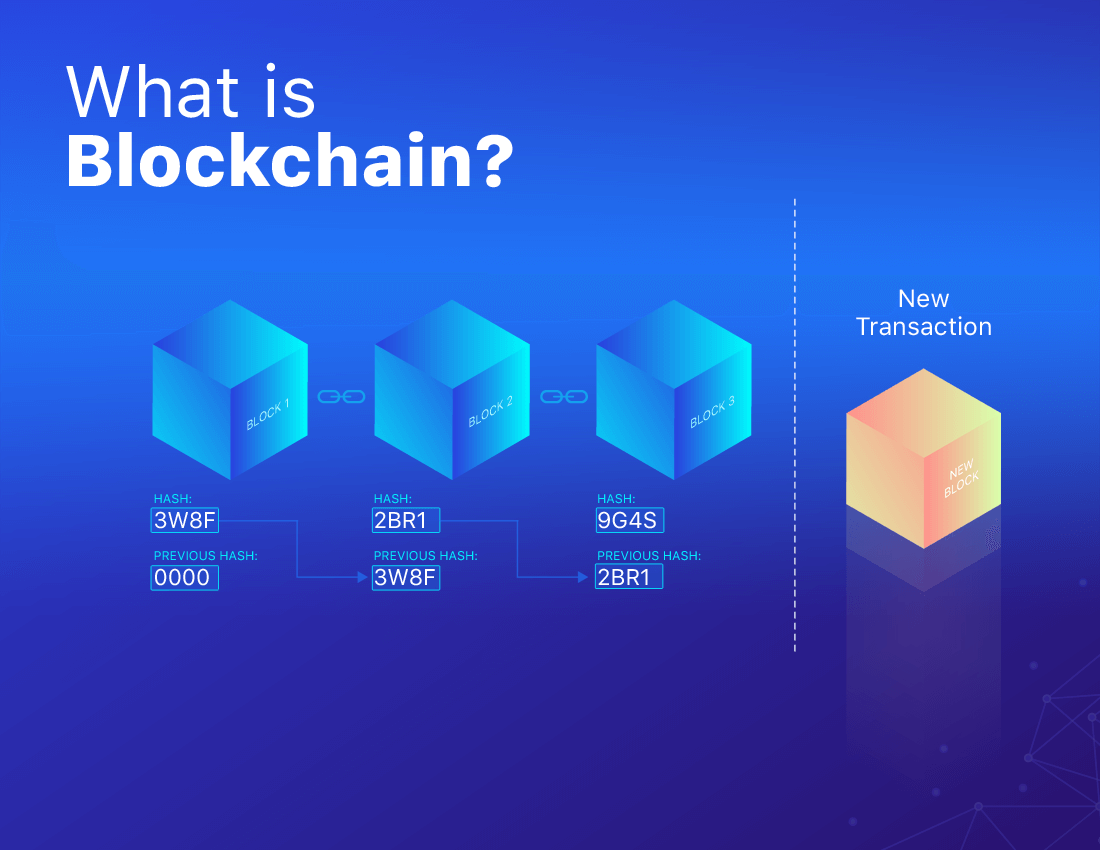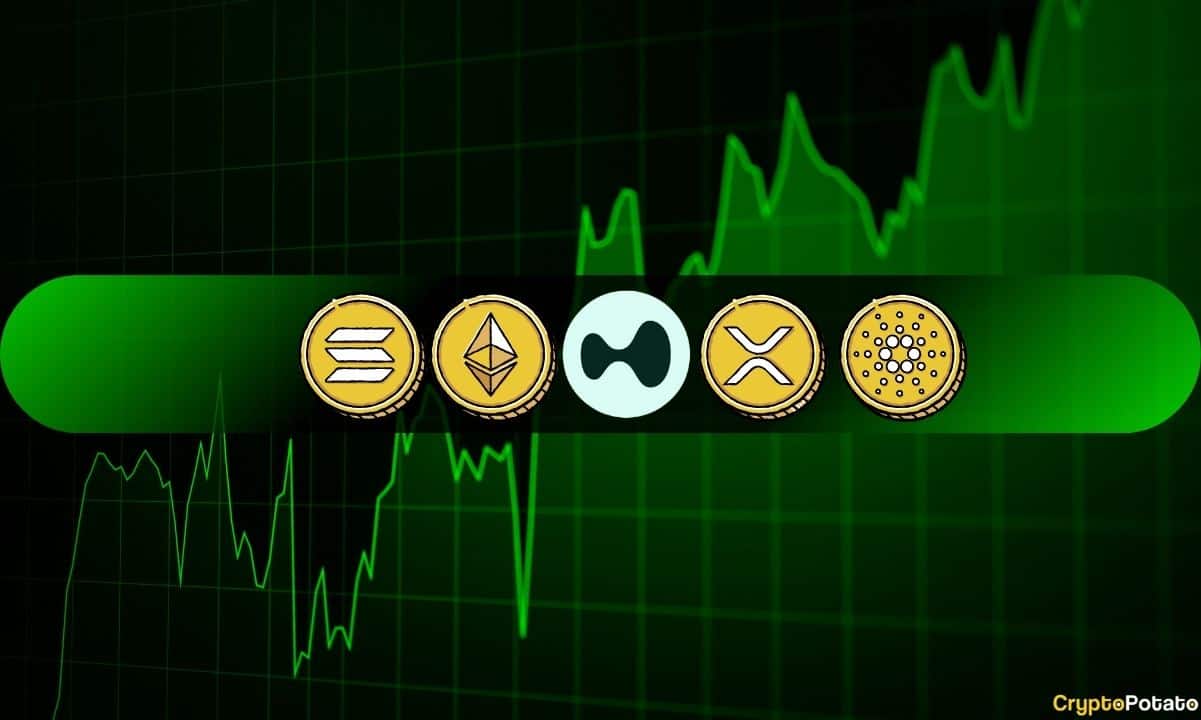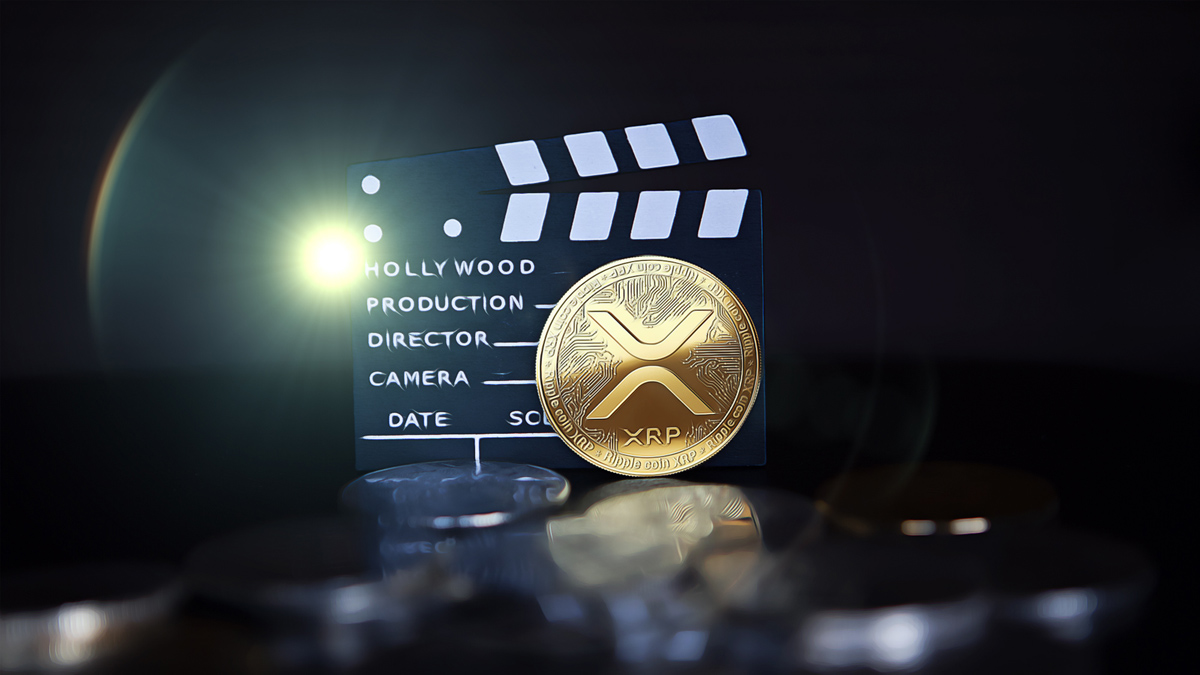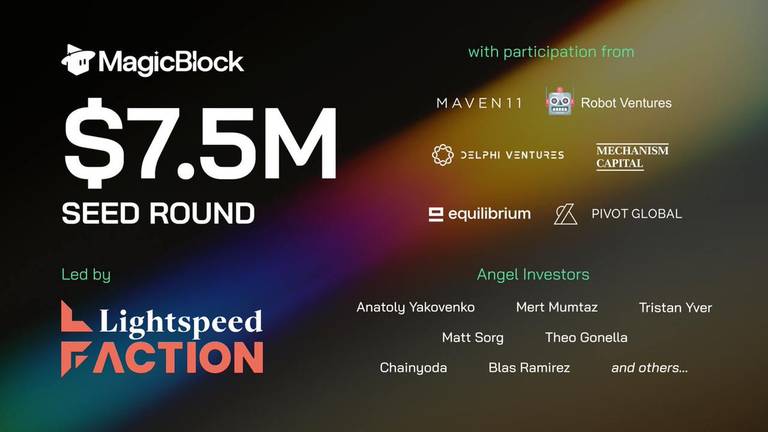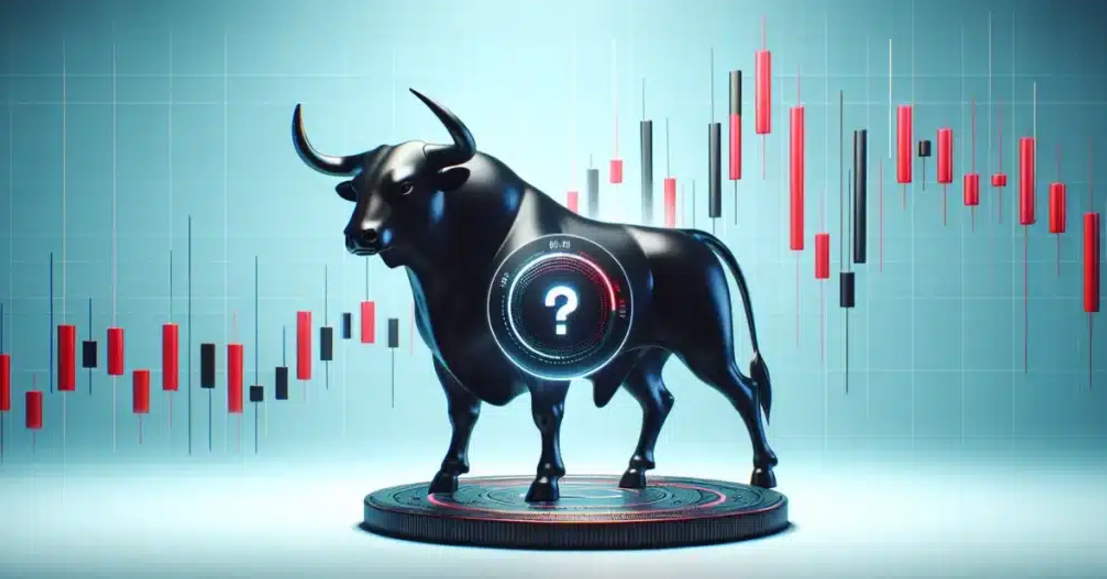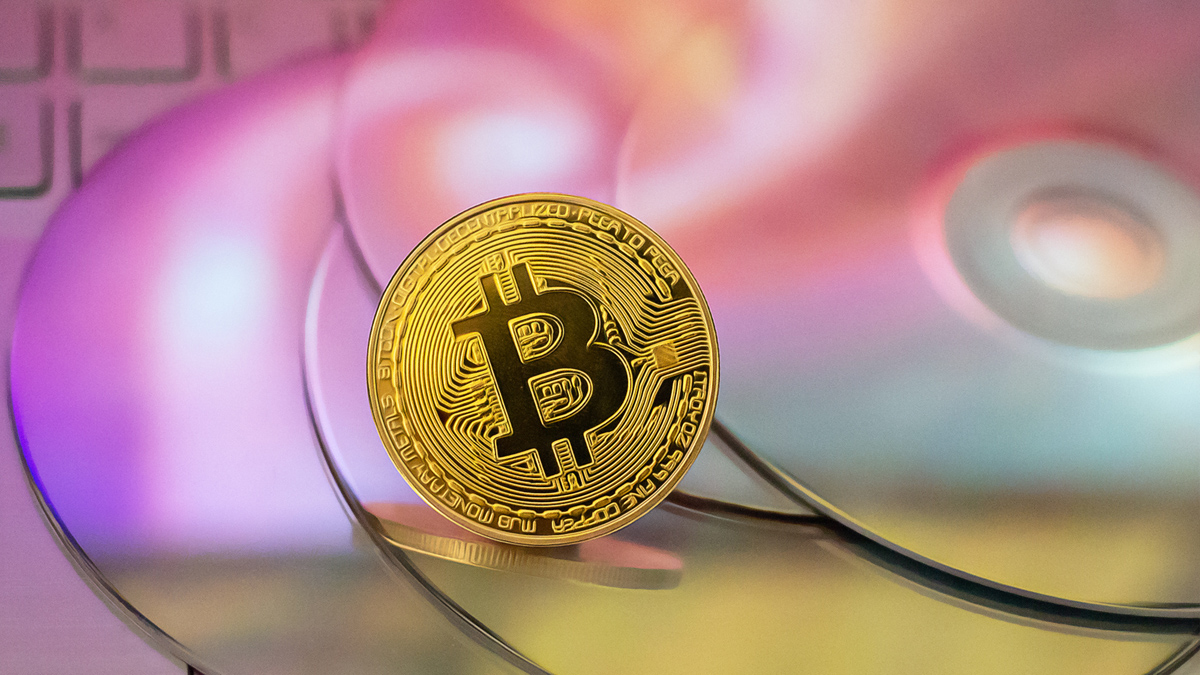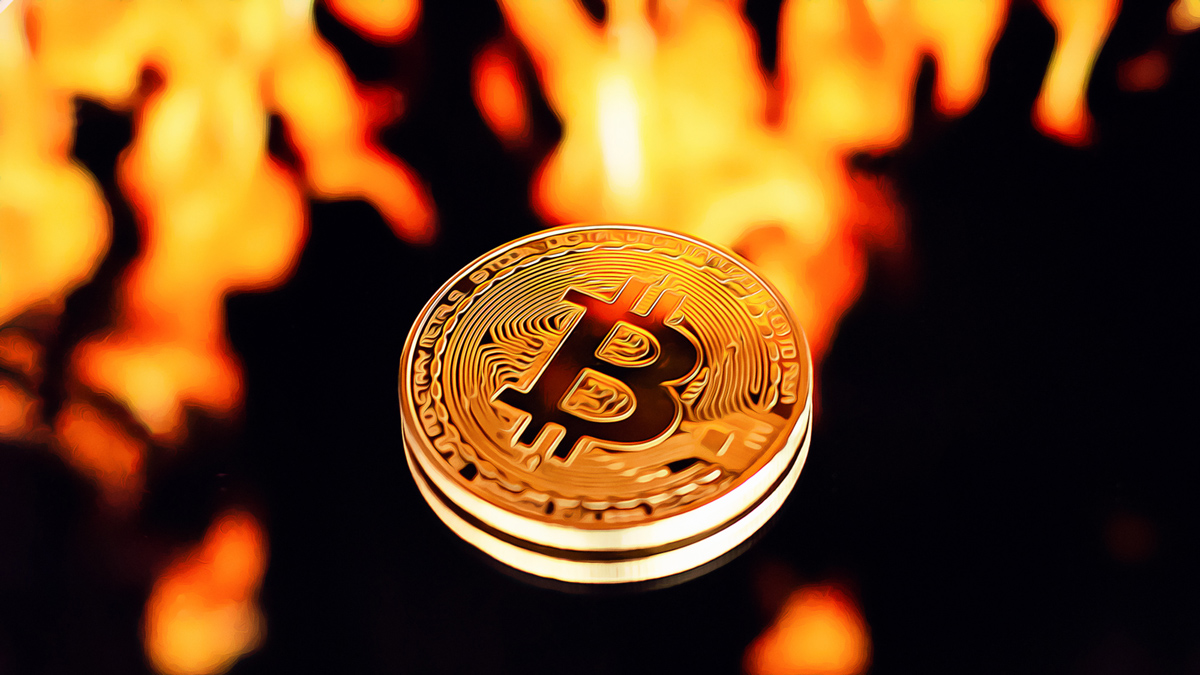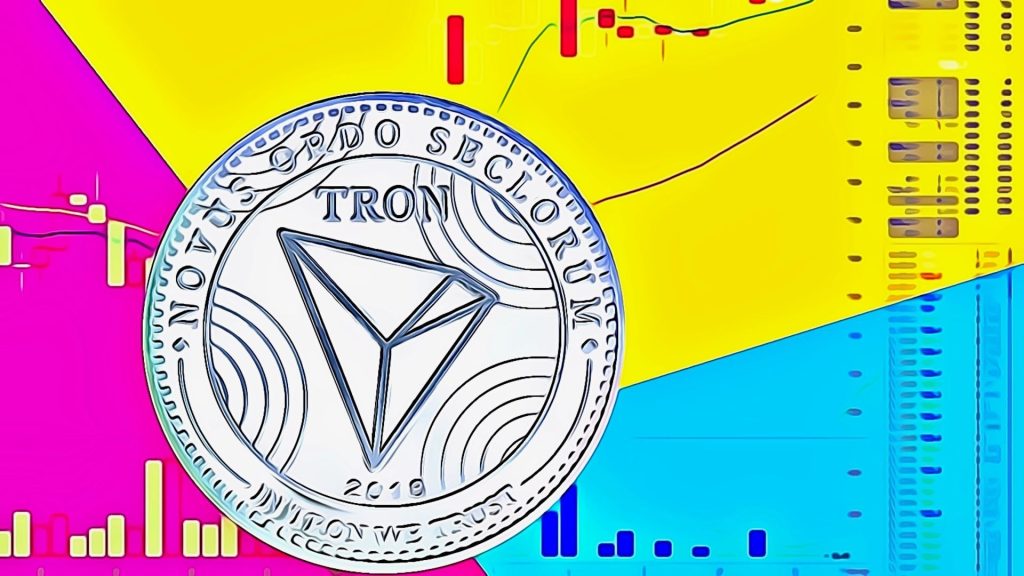
A remarkable accomplishment for the TRON ecosystem is that the total supply of Tether (USDT) now circulating on the network has exceeded $70 billion. This development emphasizes and strengthens TRON’s status as a key blockchain stablecoin platform and infrastructure that is low-cost, efficient, and offers reliable scalability. The most recent increase in USDT supply came when Tether minted yet another 1 billion tokens on the TRON blockchain. With this latest minting, TRON now carries the bulk of USDT circulating around the crypto ecosystem, besting other networks like Ethereum and BNB Chain in both usage and volume. This is a clear signal of TRON’s rising favor among USDT users, particularly in places where the traditional financial system is either ineffectual or nonexistent. The founder of TRON, Justin Sun, has long held the belief that the network can be a global, digital payment solution, as well as serving for the global storage of value. In past comments, Sun has stressed that the USDT on TRON—and, by extension, the network itself—provides an alternative to the traditional, “rails” payment system that is used by the world today; it does this, he says, in a way that is faster, cheaper, and far more reliable (and stable in terms of the value of the digital payment itself) than traditional digital payment systems that we are today all too familiar with. Milestone for @trondao Ecosystem | USDT Supply Surpasses $70 Billion! Today, @Tether_to issued another 1 billion USDT on the TRON Network, the total circulating supply of USDT on TRON has officially reached the 70 billion USD mark! TRON is reshaping global capital… pic.twitter.com/Ho9eLcwDF7 — TokenPocket (@TokenPocket_TP) April 23, 2025 Powering Global Payments and Liquidity Essentially, the attraction of USDT on TRON boils down to its usefulness. The TRON network not only processes transactions at lightning speed, but it also does so with almost no fees, rendering it suitable for both high-volume institutional users and individual remittance payments. In places such as Southeast Asia, Latin America, and parts of Africa, USDT on TRON has become a top choice for sending money across borders, for trading in a peer-to-peer fashion, and even for daily transaction-type activities. TRON’s infrastructure is becoming an alternative to traditional financial systems as global demand for dollar-backed digital assets rises. “Whether it’s for merchants looking to bypass currency volatility or for individuals sending money to family abroad, the combination of Tether’s stability and TRON’s transaction efficiency is reshaping how money moves across borders.” This is how we get paid in the future. TRON is not just conquering the stablecoin world with speed and low fees; it is also winning because of its scalability. DeFi, GameFi, and other Web3 applications are scaling globally. When developers choose where to build these applications, they are turning to TRON with increasing frequency, using it to construct fast and low-cost applications that require stable, valuable mechanisms of settlement. A Watchful Eye: Tether Freezes Suspicious Funds Even though TRON has achieved great success with USDT, the ecosystem is drawing some concern. A recent alert from MistTrack indicates that Tether has now frozen about $28.67 million worth of USDT across 12 addresses that reside on the TRON blockchain. That said, Tether isn’t just freezing USDT on TRON; MistTrack also claims that around $99,630 in USDT has been frozen on an Ethereum address. MistTrack Alert: @Tether has frozen ~$28.67M $USDT across 12 addresses on TRON, and ~$99.63K $USDT on one Ethereum address: #TRON TUPyHqY2jbcF5Q2rCmTQWBtVo84oMpLm2f TESCDkZbKWuJtuFPRSjczChuV14XHMMbMA TXLuEUEV1bNoQ1k59i9uun3XUmRjTZNXwh TS2T38JTaA8qHwnANH5H1ASUQ1RvwKzZxy… pic.twitter.com/LLPO0xcOvi — MistTrack (@MistTrack_io) April 24, 2025 These frozen addresses were reportedly engaged in dubious or unlawful activities, which underscores Tether’s and blockchain forensic teams’ attempts to keep the stablecoin ecosystem neat and tidy. This isn’t the first time Tether has busted out the emergency freeze button, though. The company has previously interceded to halt addresses linked to the scams, money laundering, and other unlawful acts. These preemptive steps send a clear signal that accountability and compliance can coexist with innovation—yes, even in decentralized environments. Tether has remained in close contact with compliance teams, law enforcement agencies, and the analytics platform MistTrack, to name just a few. The company is clearly working toward a sensible balance between user freedom and security. TRON’s Ecosystem Outlook More than simply being a number, exceeding $70 billion in USDT supply is a manifestation of how much influence TRON has attained in the global crypto economy. It has millions of users; its developer activity is on the rise; and its DeFi ecosystem is booming. All the same, TRON seems increasingly positioned as a go-to network, not just for the crypto world, but for the real economy and for large-scale digital payments. The increasing existence of stablecoins on TRON also indicates a future where financial infrastructure can be decentralized, yet accessible and compliant. We are now in an era where regulators are starting to pay much closer attention to the stablecoin space, and Tether itself actually could not have picked a better place to be issued from, as TRON is a high-performance settlement layer. TRON seems to be on an upward path, with its continued innovations, strategic partnerships, and user growth. The USDT has crossed the $70 billion milestone, but it may be just the beginning of a far larger and more profound movement toward digital finance that is borderless, stable, and efficient in terms of costs. Disclosure: This is not trading or investment advice. Always do your research before buying any cryptocurrency or investing in any services. Follow us on Twitter @nulltxnews to stay updated with the latest Crypto, NFT, AI, Cybersecurity, Distributed Computing, and Metaverse news !
NullTx
You can visit the page to read the article.
Source: NullTx
Disclaimer: The opinion expressed here is not investment advice – it is provided for informational purposes only. It does not necessarily reflect the opinion of BitMaden. Every investment and all trading involves risk, so you should always perform your own research prior to making decisions. We do not recommend investing money you cannot afford to lose.
Bitcoin Whale Profits $4.7M from 50 BTC Mined 15 Years Ago
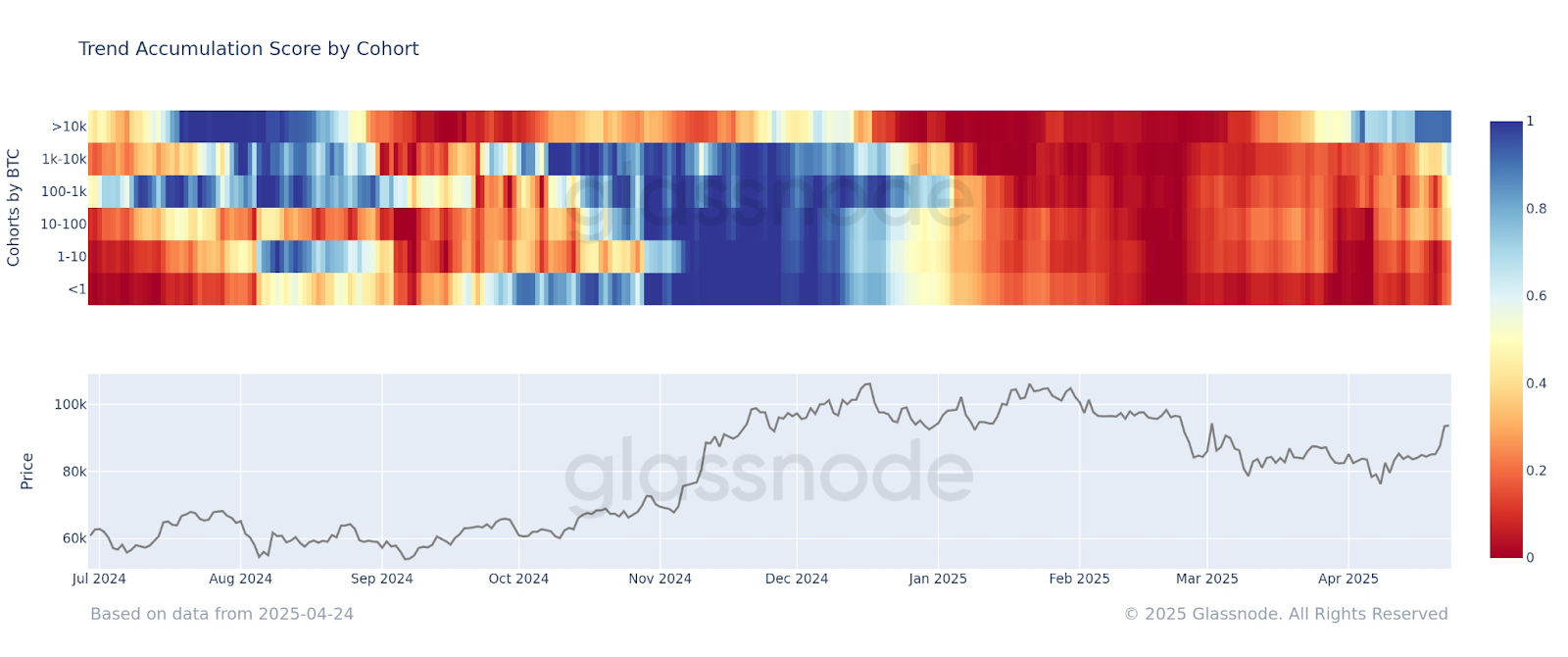
The post Bitcoin Whale Profits $4.7M from 50 BTC Mined 15 Years Ago appeared first on Coinpedia Fintech News A Bitcoin whale just woke up, moving 50 BTC mined over 15 years ago, now worth nearly $4.7 million, showcasing the incredible 93 million percent profit. Meanwhile, whales are piling into Bitcoin again, signaling strong market confidence and pushing prices to new highs. Bitcoin Whales Break 15-Year Silence with $5M Transaction A long-dormant Bitcoin whale woke up, drawing attention from across the crypto space. According to The Bitcoin Historian , a wallet holding 50 BTC mined 15 years ago has moved its funds. These coins, originally mined in 2010 when the price of 1 BTC was below $0.10, have now profited by an astonishing 93,460,500% . Overall, the value of 50 BTC was less than $5. Today, with Bitcoin trading above $94,000, the same holdings are now worth nearly $4.7 million . A similar case unfolded in November 2024, a BTC holder earned a massive profit of 150 million percent, when he sold his 2,000 BTC holdings, originally worth just $120, for approximately $179 million. Are Whales buying Bitcoin Right Now? Bitcoin`s value has jumped +11.2%, and this has once again coincided with key whales & sharks adding on to their already enormous bags. Wallets holding 10-10K $BTC have added 19,255 more coins in this short stretch, and continue to be one of crypto`s most powerful indicators. pic.twitter.com/b3TiVd71iD — Santiment (@santimentfeed) April 25, 2025 According to Santiment data , Bitcoin whales (wallets holding between 10 to 10,000 BTC) have added 19,255 BTC in just one week. This brings their total holdings to an all-time high of 13.47 million BTC. At the same time, Bitcoin’s price jumped by 11.2%, reaching $94,430.89. This pattern shows that when these large investors buy more BTC, it often leads to a rise in price. Their buying reduces the supply available in the market, which can push prices higher. Glassnode’s latest data shows that large Bitcoin holders are buying more during the recent price rise. Wallets with over 10,000 BTC are in heavy buying mode, while those holding 1,000 to 10,000 BTC are not far behind. Even mid-sized wallets with 100 to 1,000 BTC are starting to increase their holdings. This overall buying trend suggests strong confidence in the market and expectations of further growth. NullTx
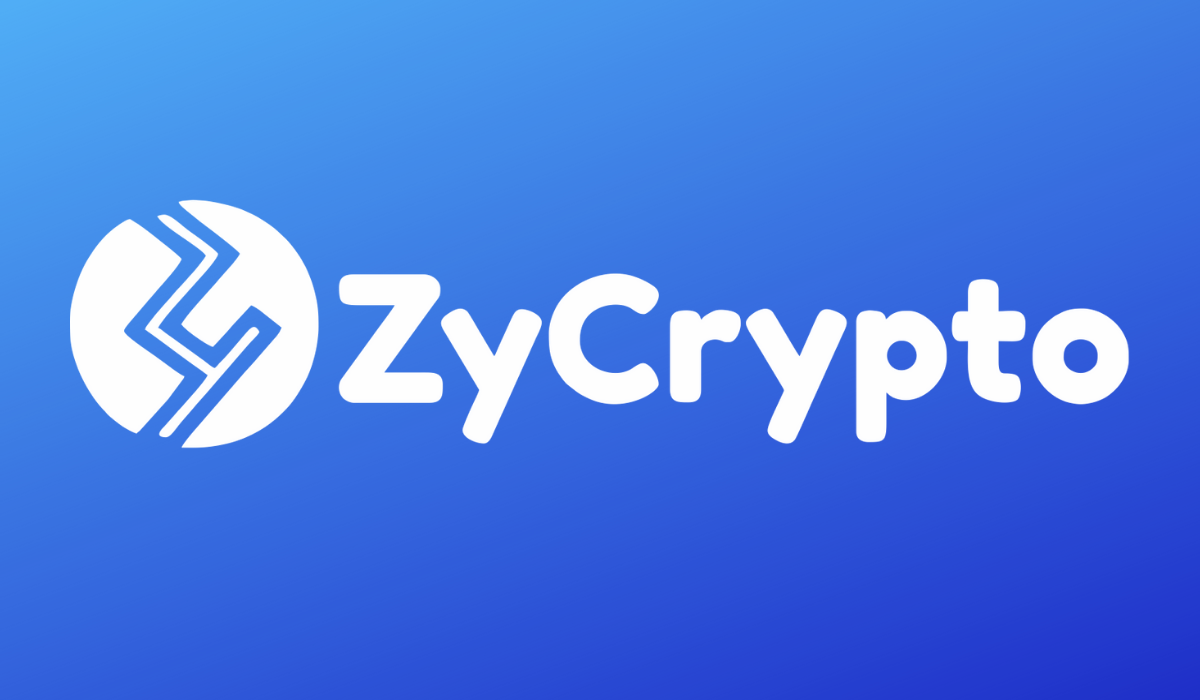
ZKsync Hacker Returns Stolen $5 Million Tokens, Receives Bounty in Return
The hacker, who exploited the Ethereum-based ZKsync blockchain for $5 million, has returned the funds as part of a bounty deal. Under the terms of the agreement, they were required to return the stolen funds within 72 hours and would not be pursued as hackers, but instead would be rewarded as bounty hunters. The ZKsync team said they were happy to announce that the hacker had cooperated and returned the funds within the allotted time frame. ZKsync was able to recover, through their negotiation efforts, 44.6 million ZK tokens and 1,800 ETH tokens. The ZKsync Security Council is responsible for the recovered tokens. ZKsync, not long after the hack, offered the hacker a 10% bounty if 90% of the funds were returned within 72 hours. The hacker was warned that if the tokens were not returned, the incident would be escalated to law enforcement and would become a criminal investigation. The ZKsync price plunged after the incident but recovered not long after. The hacker cooperated with ZKsync, sending around $2.47 million worth of ZKsync and $1.83 million worth of Ethereum. Another $1.4 million of Ethereum was sent to the ZKsync Security Council wallet. The hacker sent the funds within 10 minutes of each other. The funds were sent within the 72-hour deadline set by ZKsync. Ethereum and ZKSync have risen in price since the attack, meaning that the recovered amount now exceeds the original funds. Ethereum increased by around 9%, while ZKsync rose by 17%. ZKsync may still go up further, given the good news. ZKsync had already planned to write a report on the incident, and now has a lot more to write about. The original hack occurred when the hacker took control of an admin wallet and stole $5 million worth of ZKsync tokens. The funds were meant for an airdrop. The attacker used the sweepUnclaimed() method to claim all remaining tokens in the airdrop wallet, releasing 111 million tokens. The development team at ZKsync announced what had happened and assured users that no other parts of the ecosystem had been hacked. The hack may have been the result of a vulnerability in ZKsync’s zero-knowledge proof processes. The hacker, if this is the case, would have had some sophisticated methods to pull off the exploit. ZachXBT, a crypto analyst, said that the hack was indicative of wider problems in the crypto industry, which could only be resolved with government regulation. The first quarter of 2025 was the worst in cryptocurrency history, with over $1.6 billion in stolen funds. The majority of the hacks were with 2 centralized exchanges, including Bybit at $1.46 billion and Phemex at $69.1 million. There were 39 incidents in Q1 2025, which has spurred a lot of interest in crypto security. NullTx


